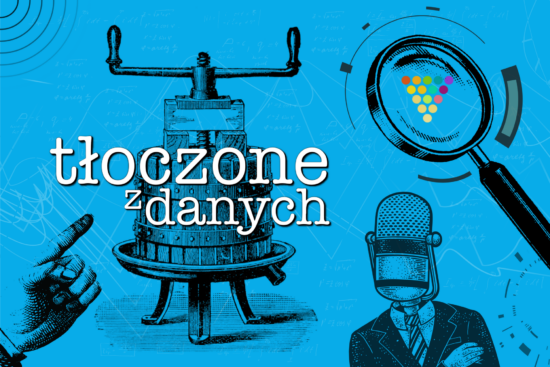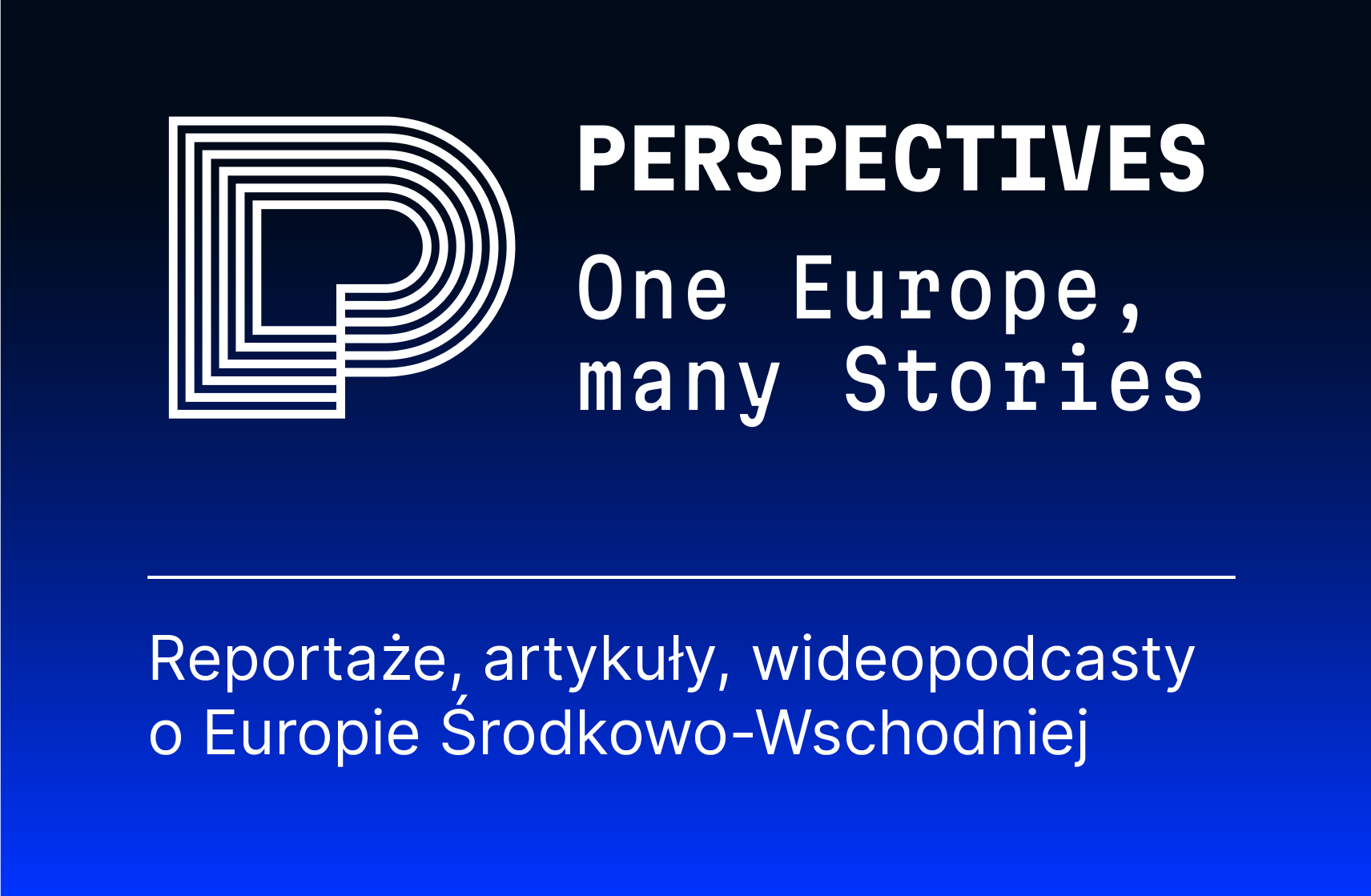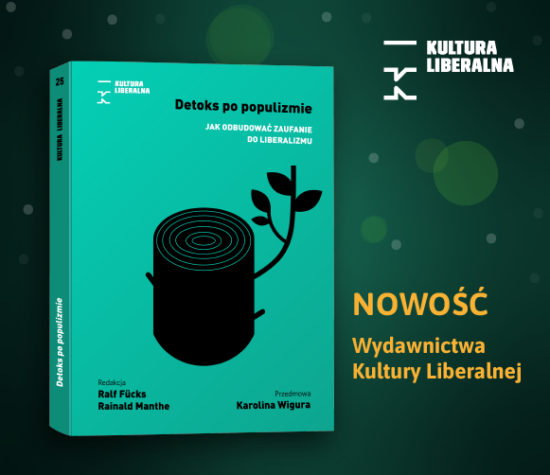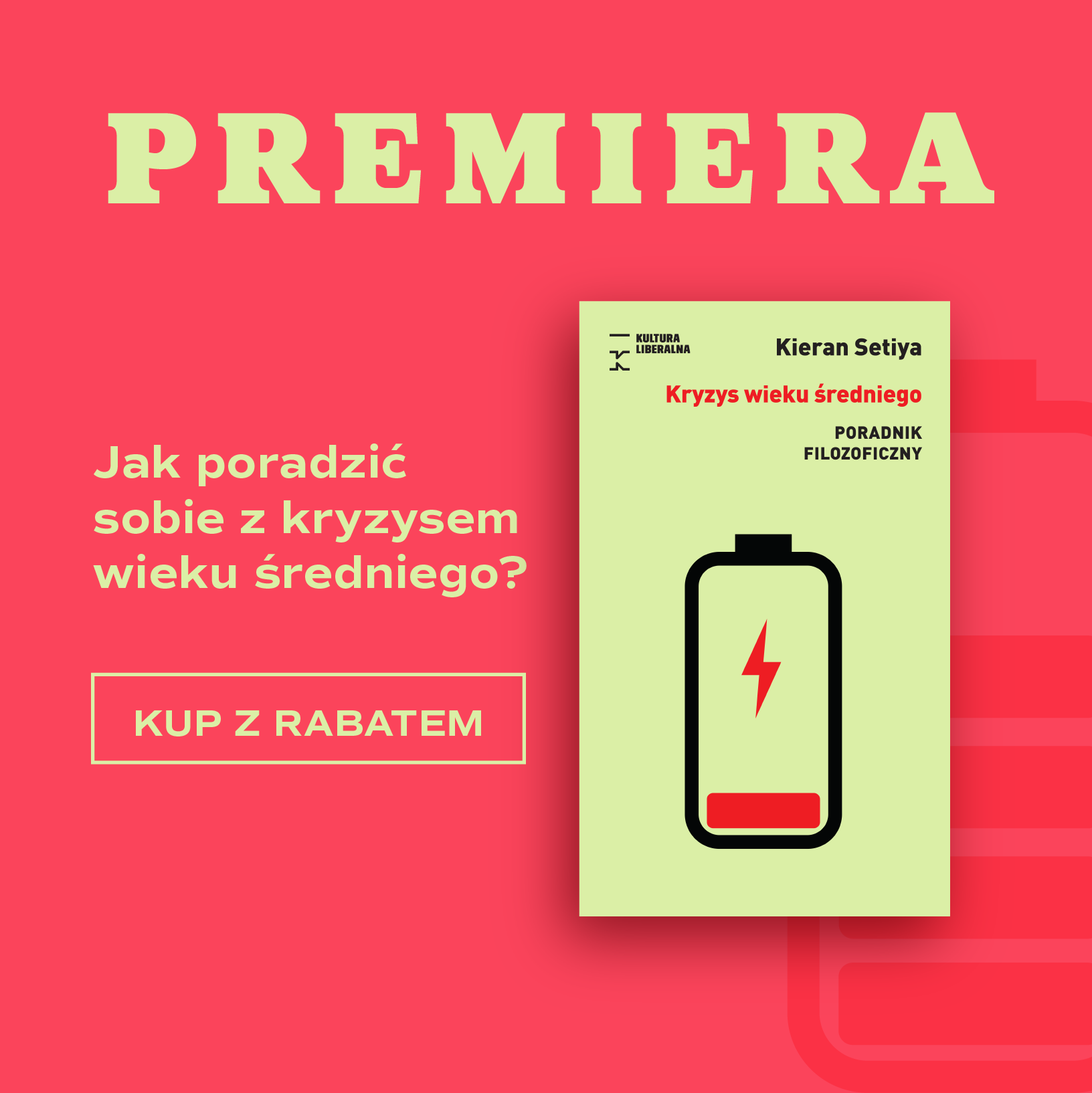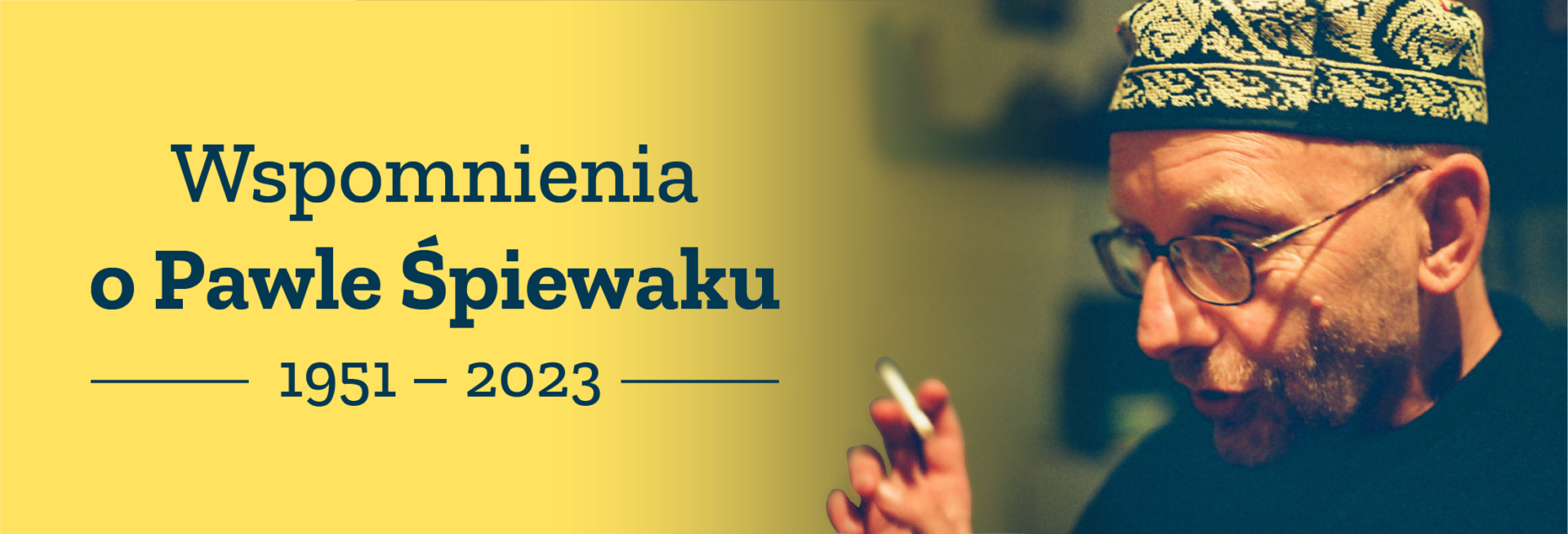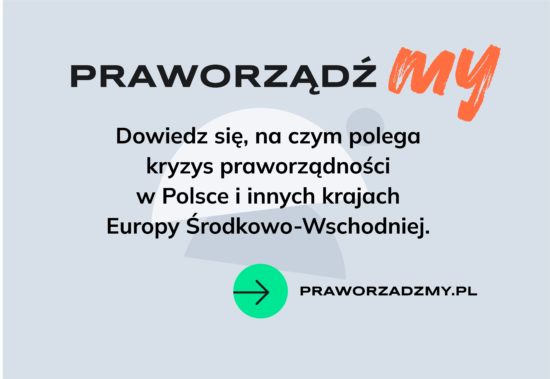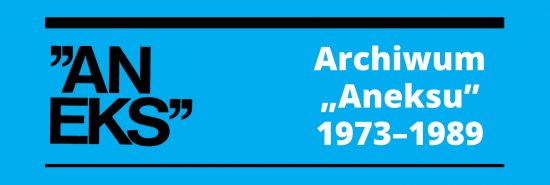KULTURA LIBERALNA > Czytając > How the Curtain...
How the Curtain was drawn. Anne APPLEBAUM talks to Łukasz Pawłowski about her new book, "Iron Curtain. The Crushing of Eastern Europe"
[ wersja polska / Polish version ]
“When people ask me if you can find anything good to say about Lenin, I say yes, you can, but I see no reason why you would want to” – an interview with Anne Applebaum, American journalist and Pulitzer Prize-winning author on her new book, “Iron Curtain: The Crushing of Eastern Europe, 1944-1956”, nominated for this year’s National Book Award.
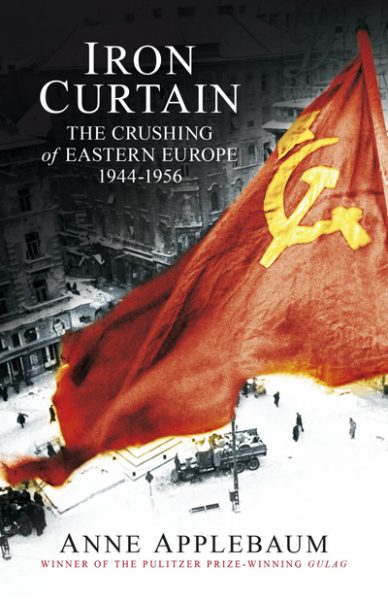
Anne Applebaum: I think it’s the combination of the two. Right now is a good time to research this period because, on the one hand, we finally have access to most of the archives, and on the other, we can still talk to eyewitnesses. The first was impossible only 10 years ago, the latter will be impossible soon. Of course there are many excellent publications on post-warEastern Europe, but quite often they focus on either one aspect of communist regime or on one country only. I used data from three ex-communist countries; as an outsider I may also write from a slightly different perspective, not a strictly national one. Some of the material – for example, in the chapter on how the communists used radio is original and comes from my archival work. The materials, the perspective and the scale of the book make it distinctive.
You claim to provide a broader perspective, but you are not entirely an outsider. You’ve worked as a journalist in Poland for the last 20 years, and you must be familiar with the current political debates in the region, all the more because your husband is an active Polish politician himself. In those debates different visions of history collide with one another, and are often used as heavy-weight political tools. Did your position in this part of Europe in general, and in Poland in particular, make writing of this book easier, because it gave you a deeper insight, or more difficult, because you found it hard to address the historical issues from a distance?
I didn’t find it difficult to extract myself from the current political discourse, because I’m not very emotionally involved in it. Besides, the period I’ve written about, the Stalinist period, is actually not a subject of much historical argument. There are numerous disputes about the Second World War, then the 1980’s, and the fall of communism, but do you hear a lot of politicians arguing about Polish Stalinism and those who were then in power? I don’t.
Who is this book for, then? Is it for Eastern Europeans, to get them more interested in their own history, or for a Western audience, to show them a world that was largely hidden from their eyes – and a world they often didn’t want to know much about at the time?
When writing Iron Curtain I thought of the readers of my previous book, that is people who were educated and interested in European history, but who did not necessarily know that much about Eastern Europe, Russia, and the history of communism. Originally both books were written with the Western audience in mind, therefore I sometimes need to explain things which probably seem obvious to those who live in the region. Still, when Gulag was published I was surprised how many Russians and Eastern Europeans also found it illuminating. It might be that people in post-communist countries think they know what Gulag was, because 30 years ago they read Solzhenitsyn, or perhaps they remember some family stories. But they haven’t necessarily thought about the institutional mechanisms, which made the Gulag possible. The same may be true of this book. People have a simplified image of Stalinism – six-year plan, “newspeak”, propaganda, prisons, parades and marches – but few of them know how this new system was implemented, and how it actually worked.
In the introduction to the book you say that one of its aims is to remind people of the true meaning of the word “totalitarianism”, which is now being so much overused – every so often we hear political opponents accusing each other of totalitarian intentions or media speaking of totalitarian policies – that the term lost its actual meaning.
Yes, even during lectures on this book I’m sometimes asked questions like “Is the European Union a totalitarian state in the making?” or “Has theUnited Statesturned into a totalitarian state?” To those I can only reply “No”, and then start explaining what “totalitarian state” actually means.
What does it mean?
The first clear definition was given by Mussolini, who said that in fascistItalyeverything will be “within the state, nothing outside the state, and nothing against the state.” A totalitarian state aimed to control all aspects of citizens’ life, with the eventual goal of creating an entirely new sort of man. This was the principal end, which justified virtually all means. Totalitarianism thus understood never succeeded anywhere, but it’s the word accurately reflects the ambition of such states. And because we still see rulers around the world with such objectives in mind, it is worth remembering what it was like and why it didn’t work.
Most of the Iron Curtain reviews are either very flattering or simply enthusiastic. However, although all reviewers praise the book, some claim that apart from a purely academic goal of describing a certain period in the European history you also pursue a clearly anticommunist, right-wing political agenda. Do you agree with such charges?
No, I have no such agenda and my aims were academic, not political.
Yet your hostile attitude towards communism is clear from the very first page…
When people ask me if you can find anything good to say about Lenin, I say yes, you can if you try very hard (and ignore his criminality and his cruelty), but I see no reason why you would want to. Yes, I don’t like communism, but I don’t think that necessarily makes me far-right. Iron Curtain is anti-communist only in the sense that it tells the story of what happened, and what happened was terrible. I’m not calling for a fight against communists either, for luckily there are hardly any left. Nor are there any serious defenders of Stalin or Stalinism. The point of my book is therefore not so much to attack the system – how awful it was, is clear from the description itself – but to show how it was introduced, what its main building blocks were and why many people – at least at first – went along with it, quite often with hardly any protest. In all these other senses Iron Curtain is a post-Cold War book.
But don’t you see a tendency among some parts of the so-called radical left to justify communist policies of even this period?
The last prominent intellectual of this kind was Eric Hobsbawm, and he recently passed away. Hobsbawm was a communist sympathizer till the end of his life and wrote a terrible history of the 20th century in which exactly the period I discuss – from 1944 till 1956 in Eastern Europe – was not even mentioned. He could not cope with it, and thus could not write about it. In fact, all of his judgments about the history of the 20th century were twisted, if not by his instinct to defend communism, then at least by his reluctance to say anything bad about it. Still, Hobsbawm was 95 when he died and I see no one who would like to take over after him.
Slavoj Žižek calls himself a Stalinist…
Come on… He’s a clown who wants to bring attention to himself. I hope no one actually takes him seriously.
Back in the day, however, a significant part of Eastern European intelligentsia – or at least of what was left of it – truly and whole-heartedly supported communism. I have the impression your book doesn’t give a full account of their motives. For example, you tell a story of a devoted German communist, Robert Bialek, whose wife just after the war was raped by Soviet soldiers. This crime left Bialek disillusioned not only about the Soviets but communism as a whole. Still, a few chapters later, he reappears in the book as one of the principal organizers of the German communist youth movement. The obvious question is what made him and people like him cling to the ideology, which they knew was corrupt? At least in Bialek’s case I don’t think this is clearly explained.
I disagree. I made a number of attempts to explain the appeal of communist ideology at that particular time, although different causes are scattered around the book. People often want a single, clear explanation, but I don’t see how you can separate the ideological motivation, from strictly personal reasons, from fear, from institutional pressure, etc. It is all there.
But these individual stories of genuine trust in the communist ideology followed by gradual disappointment with the reality, all the more tragic, because often combined with equivalent lack of faith in the West, are fascinating…
Well, readers are always looking for topics they find most interesting, but I have my own aims. Individual stories matter a lot, but I decided to focus primarily on certain institutions – on what I have already called “building blocks” – which proved most crucial in subduing the conquered societies. In 1945 theUSSRhad already been through much longer, more complicated and messier “Stalinization” of its own, in the 1920’s and 1930’s. By the end of the war the Soviet leadership had a very clear vision of what institutional changes have to be implemented in order to remake other countries in their own image.
Is then the Iron Curtain a sort of communism implementation manual?
No, it’s an attempt to find out what the Red Army and the NKVD actually did. When one looks at communists’ practices acrossEastern Europe, there are some differences resulting from particular national circumstances, but there are many more similarities. Everywhere communists quickly overtook mass media, particularly the radio, established secret police, founded large-scale youth movements, destroyed other independent associations (even as benign as chess or hiking clubs), conducted extensive ethnic cleansing (which was often extremely popular), nationalized private property, gave power to those local communists whom they knew and trusted. The point of the book is to describe these building blocks in detail and then show how they affected daily life.
At some point you say you’re using the term “Eastern Europe” to describe the region, although one should remember that such entity no longer exists. When did it disappear?
Between 1944 and 1989 there was a political body called Eastern Europe, and it denoted a group of countries which were dominated by Soviet style communism, but were not part of theSoviet Union. This includedPoland,East Germany,Hungary,Czechoslovakia,Albania,Bulgaria,RomaniaandYugoslavia. There were numerous cultural and historical differences between them, yet they all shared, for this period, similar political systems. There is no other term which can successfully include them all. After the breakdown of the Warsaw Pact the term slowly ceased to be useful, as different countries took different paths, with some joining the European Union and others staying out.PolandandAlbaniadon’t have much in common today.
Quite soon the book will be translated into other languages. The Polish edition will be released next autumn. What reaction do you expect, when the book comes out in the countries you describe?
I really don’t know. Perhaps it will seem favorable to Stalinists, and to people who collaborated – often reluctantly – because I do not immediately condemn all of them. . It’s not a black and white story.
The way you deal with Polish-Jewish and Polish-Ukrainian relations is indeed very balanced, even though you describe very difficult issues – as post-war pogroms in Poland, or mutual violence between the Poles and Ukrainians in the south-eastern part of Poland – and refer to publications on Polish anti-Semitism by a Yale historian, Jan Gross, which still spark a lot of controversy.
It was an extremely difficult chapter to write, because those events, although not the focal point of the book, are still very divisive. One of the problems with Polish-Jewish relations after the war is that they are too often seen out of context.Polandin 1945 was notSwitzerland, where everything is clean and in order. The Jews were not the only targets of mass violence. The postwar fate of the Jews must be seen in the context of terrible chaos and general violence – the deportation of the Germans, Poles, and Ukrainians, the partisan war against the Soviets, changes of pre-war borders, etc. My main objection to Gross’s argument would be that he doesn’t put the story of the Jews into a broader narrative, which distorts the whole story.
But I guess one may use the same argument against your book and claim that you don’t put your arguments in the context of what was happening in the Western Europe. So when you describe how badly destroyed the cities in Eastern Europe were, and how miserable the life of the people was, you don’t say that those problems were not limited to Eastern Europe only.
True, I could have written more, especially onWestern Germany, where the situation right after the war was very similar to the situation in the East. But even to write this book, I had to spend six years in archives, conducted dozens of interviews and read dozens of monographs. I had to draw the line somewhere – otherwise the book would have never been published.
Book:
Anne Applebaum, Iron Curtain: The Crushing of Eastern Europe, 1944-1956, Allen Lane, October 2012.
* Anne Applebaum is an American journalist and author, columnist for the ‘Washington Post’ and the 2012-13 Philippe Roman Professor of International History at the LSE. In 2004 she was awarded the non-fiction Pulitzer Prize for ‘Gulag: A History’. ‘Iron Curtain: The Crushing of Eastern Europe, 1944-1956’, published in October 2012, was nominated for this year’s National Book Award.
** Łukasz Pawłowski is a contributing editor for ‘Kultura Liberalna’, PhD candidate at the Institute of Sociology, University of Warsaw, currently an academic visitor at the Department of Politics and International Relations, University of Oxford.
Kultura Liberalna no. 202 (47/2012), November 20th, 2012
Skoro tu jesteś...
...mamy do Ciebie małą prośbę. Żyjemy w dobie poważnych zagrożeń dla pluralizmu polskich mediów. W Kulturze Liberalnej jesteśmy przekonani, że każdy zasługuje na bezpłatny dostęp do najwyższej jakości dziennikarstwa
Każdy i każda z nas ma prawo do dobrych mediów. Warto na nie wydać nawet drobną kwotę. Nawet jeśli przeznaczysz na naszą działalność 10 złotych miesięcznie, to jeśli podobnie zrobią inni, wspólnie zapewnimy działanie portalowi, który broni wolności, praworządności i różnorodności.
Prosimy Cię, abyś tworzył lub tworzyła Kulturę Liberalną z nami. Dołącz do grona naszych Darczyńców!
PRZECZYTAJ INNE Z TEGO NUMERU
KOMENTARZE















